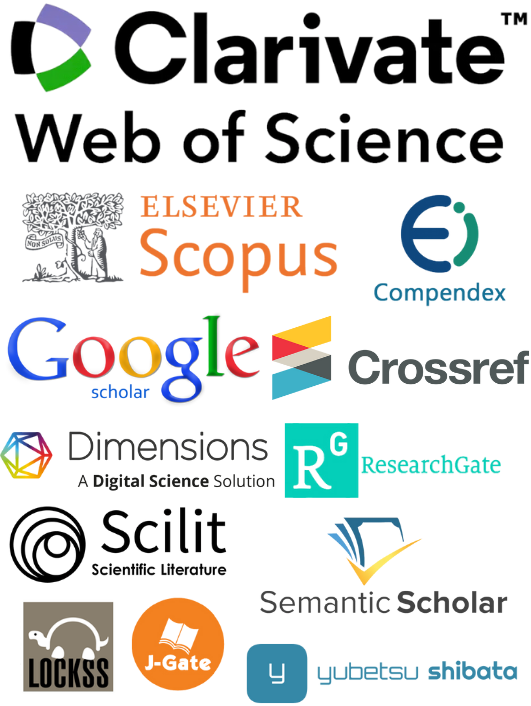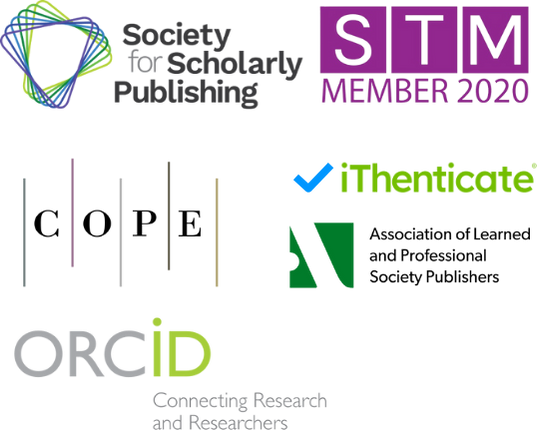Decoding the Visual Language of Brand Advertising in Republican China – A Case Study of the Advertisements on Nanjing Museum's Republican Street
DOI:
https://doi.org/10.5281/zenodo.15606658Keywords:
brand advertising, visual language, Nanjing Museum, Republican Street, social environmentAbstract
Serving as vital tools of cultural communication, advertisements reflect and embody the social ethos and prevailing values of the periods in which they are created. This paper focuses specifically on the advertisements showcased at Nanjing Museum's Republican Street, using them as a case study to explore the distinctive characteristics of brand advertising during the Republic of China era. By conducting an in-depth analysis of key visual elements — including textual content, imagery, and symbolic motifs — it identifies and examines fundamental features such as font styles, color schemes, graphic components, and overarching thematic messages. Furthermore, the study investigates the complex interplay between these advertising characteristics and the broader social environment of the time, considering factors such as economic conditions, cultural movements, and shifts in lifestyle. Through this approach, the research offers a unique and insightful lens for understanding the social and cultural traits that defined the Republic of China period.
References
1. H. Cheng, "Reflections of Cultural Values: A Content Analysis of Chinese Magazine Advertisements From 1982 and 1992," Int. J. Advert., vol. 13, no. 2, pp. 167–183, 1994, doi: 10.1080/02650487.1994.11104570.
2. W. Chun and A. Y. Choi, "Analyzing the Layout Design of the HuangHai’s Movie Posters Context to the Visual Elements of the Culture Code Brand Design (CCBD) Methodology," in Advances in Design and Digital Communication III, N. Martins and D. Brandão, Eds., Cham: Springer, 2023, vol. 27, doi: 10.1007/978-3-031-20364-0_52.
3. N. Higdon, The Anatomy of Fake News: A Critical News Literacy Education. Berkeley, CA: University of California Press, 2020. ISBN: 9780520347861.
4. Q. He, “Newspapers in Modern China: Historical Origins and Contemporary Development,” in Routledge Handbook of Chinese Media, C. Shei and Q. Cao, Eds., Routledge, 2024, doi: 10.4324/9780367565152-RECHS113-1.
5. T. J. Domzal and J. B. Kernan, “Mirror, Mirror: Some Postmodern Reflections on Global Advertising,” J. Advert., vol. 22, no. 4, pp. 1–20, 1993, doi: 10.1080/00913367.1993.10673415.
6. H. Cheng, “Reflections of Cultural Values: A Content Analysis of Chinese Magazine Advertisements From 1982 and 1992,” Int. J. Advert., vol. 13, no. 2, pp. 167–183, 1994, doi: 10.1080/02650487.1994.11104570.
7. H. Zhan, "The Adaptation and Transfer of Advertising Design Ideas in Shanghai in the Period of the Republic of China," in 7th Int. Conf. Arts, Design Contemp. Educ. (ICADCE 2021), Aug. 2021, pp. 490–494, doi: 10.2991/assehr.k.210813.082.


